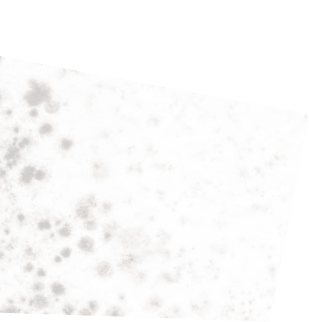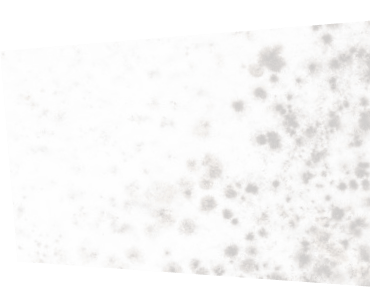 Asbestos is a common, naturally occurring mineral composed of thin, thread-like crystals. Each crystal is made of microscopic fibrils that can become airborne if subjected to abrasion and damaging. The Ancient Greek word “asbestos” (ἄσβεστος) translates to “inextinguishable”, indicating its fire-resistant properties. Considering its favourable insulating qualities, fire resistance and low price, it is no surprise why asbestos was (and in some places still is) a widely used building material.
Asbestos is a common, naturally occurring mineral composed of thin, thread-like crystals. Each crystal is made of microscopic fibrils that can become airborne if subjected to abrasion and damaging. The Ancient Greek word “asbestos” (ἄσβεστος) translates to “inextinguishable”, indicating its fire-resistant properties. Considering its favourable insulating qualities, fire resistance and low price, it is no surprise why asbestos was (and in some places still is) a widely used building material.
When it was revealed that exposure to asbestos causes severe health problems, its use in construction was banned in many countries. Considering this happened only a few decades ago, many residential and business buildings that were built before the ban still stand today, which is why asbestos testing in Toronto is highly encouraged.
What Does Asbestos Look Like?
Asbestos is easily recognized by its grayish-white colour and fibrous structure. It was often produced in the form of wool and mixed with plaster and concrete. When the materials that contain asbestos are damaged, its microfibrils become airborne. Once inhaled, they stay in the lungs permanently and cause inflammation and scarring of the lung tissue, which can lead to very serious types of cancer.
Where Can I Find Asbestos in My Home?
If you live in a building in Toronto that was constructed before the ’90s, it is highly likely that some of the materials used for its construction contain asbestos. These materials include:
- Pipe insulation
- Vinyl floor tiles
- Floor tile adhesives
- Popcorn ceiling
- Roof shingles
- House siding
- Plaster
- Door gaskets in wood/coal stoves and furnaces
- Some types of paint
This mineral isn’t harmful as long as its microfibrils are not airborne, so it is necessary to properly maintain the previously mentioned materials to avoid problems. This is especially important for materials that are exposed to the elements or otherwise more susceptible to damage, like roof shingles, floor tiles and pipe insulation. Pay special attention when inspecting the basement and the attic, as they are usually more prone to be contaminated due to irregular maintenance.
Visible patches of grayish wool indicate that the area is already severely contaminated and requires a professional asbestos abatement. However, more often the damage is not as severe, and the presence of microfibrils flies under the radar due to their small size. This is why asbestos testing is important, especially in older buildings where this mineral is widely present.
Keep in mind that even the slightest disturbance can release asbestos microfibers, so even the smallest damage can create a health hazard. For this reason, it is necessary to wear protective gear when inspecting for asbestos. All in all, it is best to leave such endeavours to the experts and reach out to a professional home remediation company.
If you are looking for asbestos abatement in Toronto, opt for a trusted company with certified inspectors. With years of experience in both small-scale and large-scale remediation projects, Inch by Inch Inspections’ staff is well-equipped to provide high-quality service and safe asbestos abatement all over Toronto and the GTA. Reach out to Inch by Inch today and schedule your inspection.




